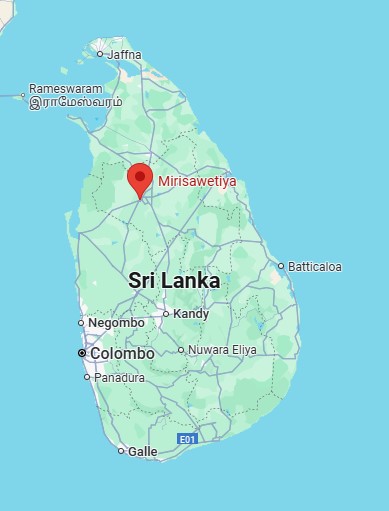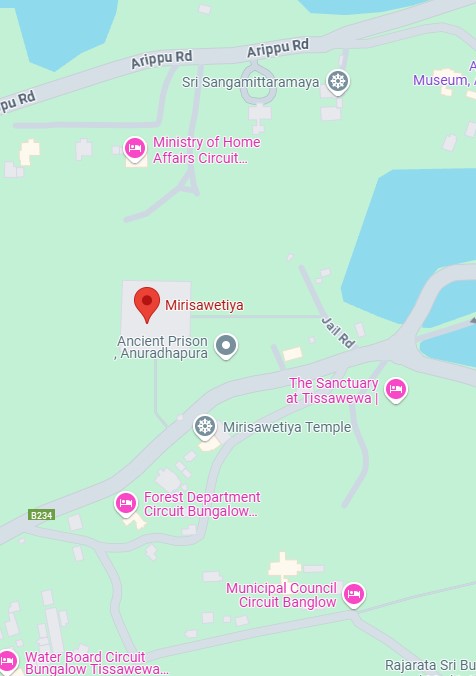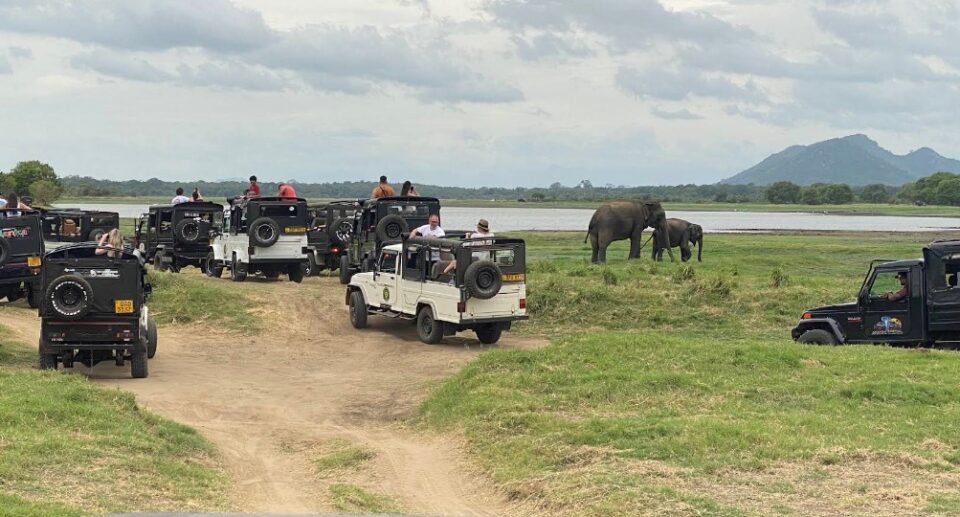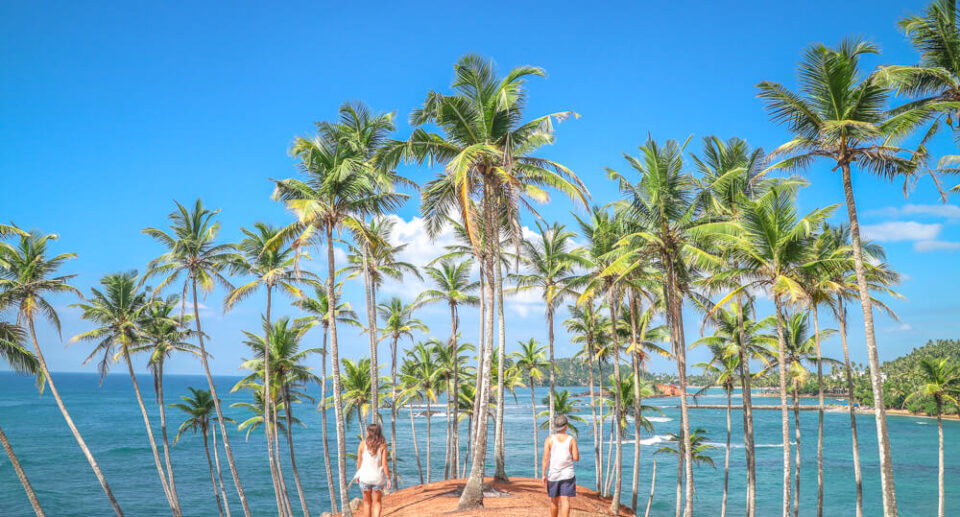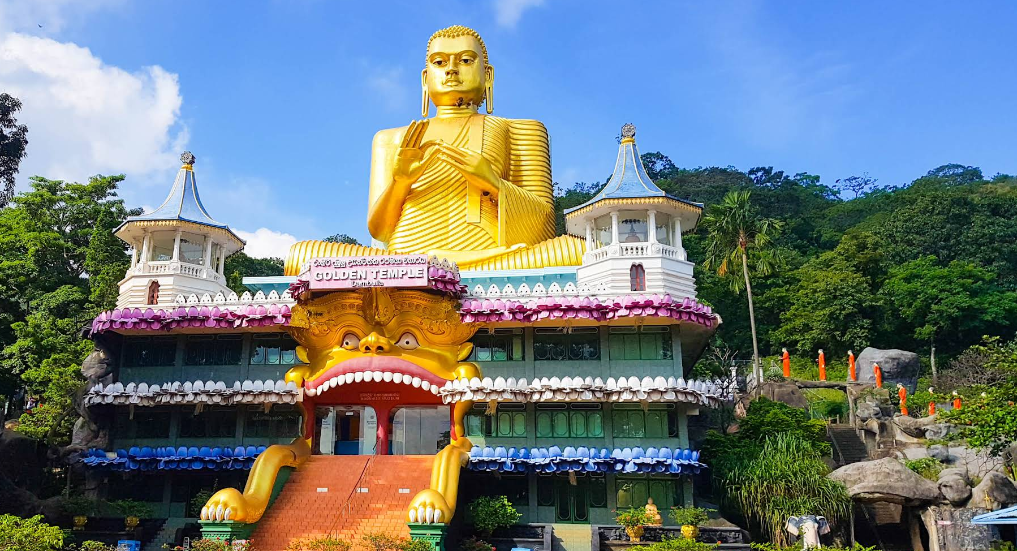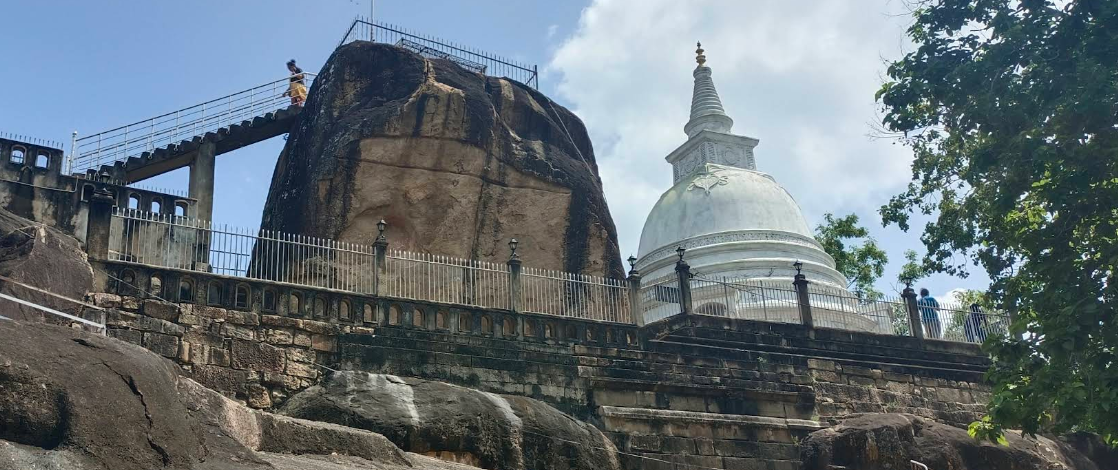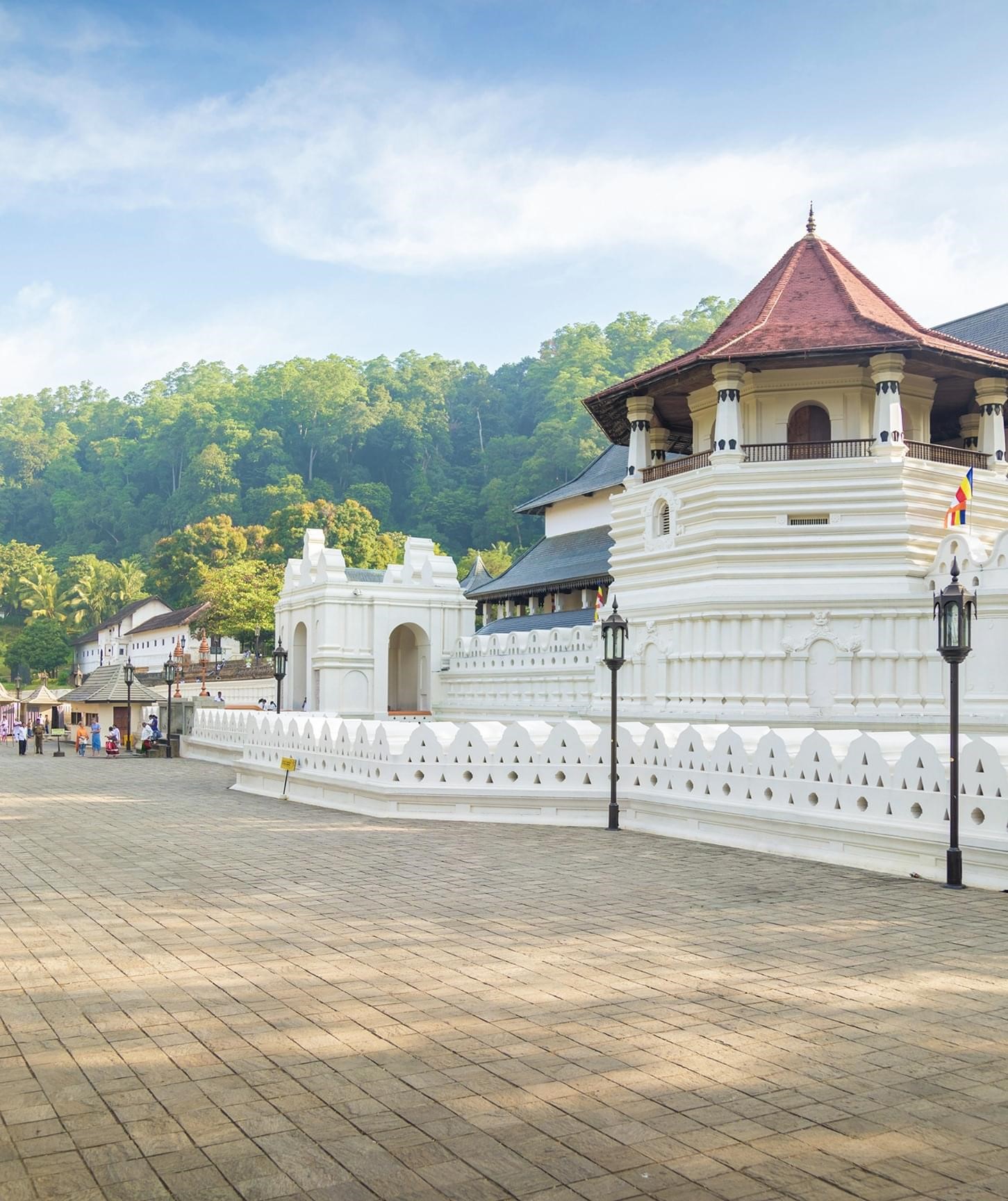Mirisawetiya Viharaya: A Monument of Devotion and Sovereignty
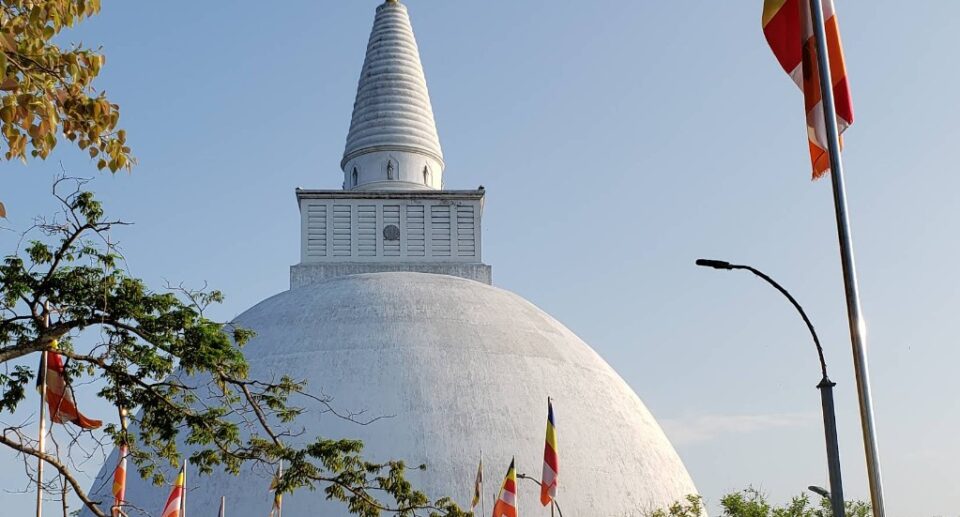
Located in the historic city of Anuradhapura, Mirisawetiya Viharaya is a looming tribute to Sri Lanka’s Buddhist legacy and centuries-old architectural excellence. As one of the earliest stupas constructed in the island’s history, Mirisawetiya holds immense cultural, spiritual, and historical value. Built by King Dutugemunu in the 2nd century BCE, the stupa has withstood the ravages of time, war, and neglect to remain a holy site of pilgrimage and a visible symbol of the nation’s religious devotion.
Historical Background
Mirisawetiya Viharaya was constructed by King Dutugemunu (161–137 BCE), one of Sri Lanka’s most famous kings, who unified the island under one rule after defeating the South Indian Chola king Elara. Following his victory, King Dutugemunu became a faithful patron of Buddhism and undertook several architectural projects to honor the Buddha and spread the Dhamma throughout the island.
The foundation of Mirisawetiya is legendary and symbolic in character. The Mahavamsa, the historic Sri Lankan chronicle, makes a note that King Dutugemunu used to come to bathe in the adjoining Tissa Wewa reservoir and had once left behind his royal scepter, which had in it a sacred relic of the Buddha. When he came back, he saw that the scepter had been planted in the ground. Regarding this as a divine sign, the king erected a stupa on the location to enshrine the relic permanently. And thus, Mirisawetiya Viharaya was born.
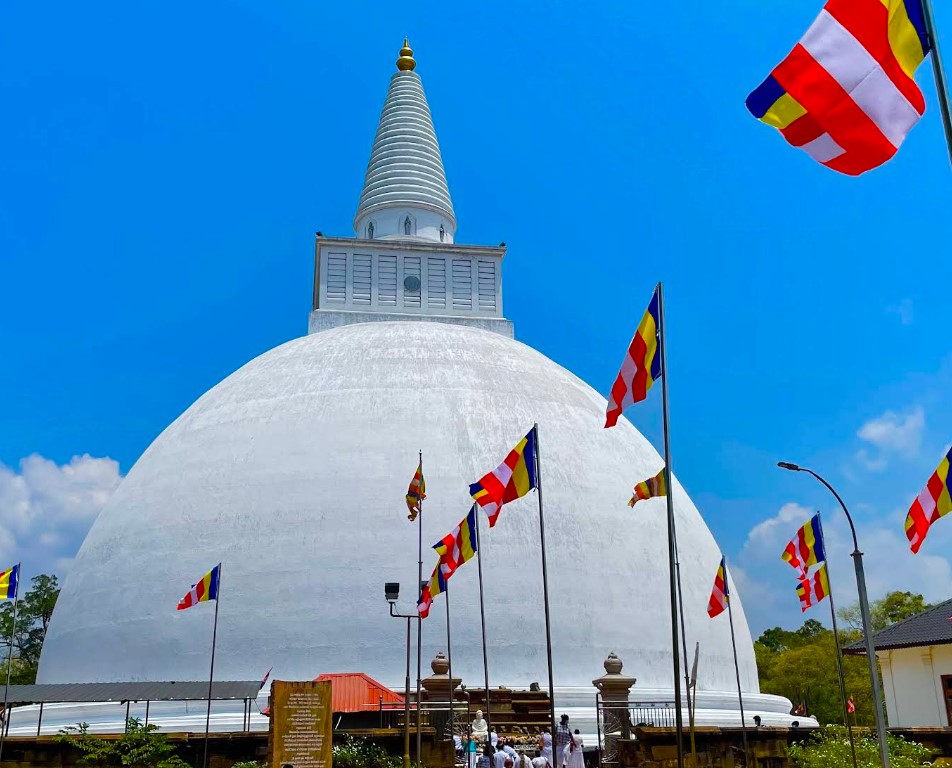
The name “Mirisawetiya” is a combination of “Miris” (chili in Sinhala) and “Wetiya” (stupa or shrine). Tradition holds that the king forgot to offer miris (chili curry) to the monks at a meal and, overcome with guilt, built the stupa by way of atonement.
Architectural Significance
The original stupa of Mirisawetiya was built in the “bubble-shaped” (or bubbulakara dagobo in Sinhala) style typical of early Anuradhapura stupas. The edifice was approximately 59 meters (193 feet) tall and 43 meters (141 feet) in diameter and was an impressive feat of engineering for its time.
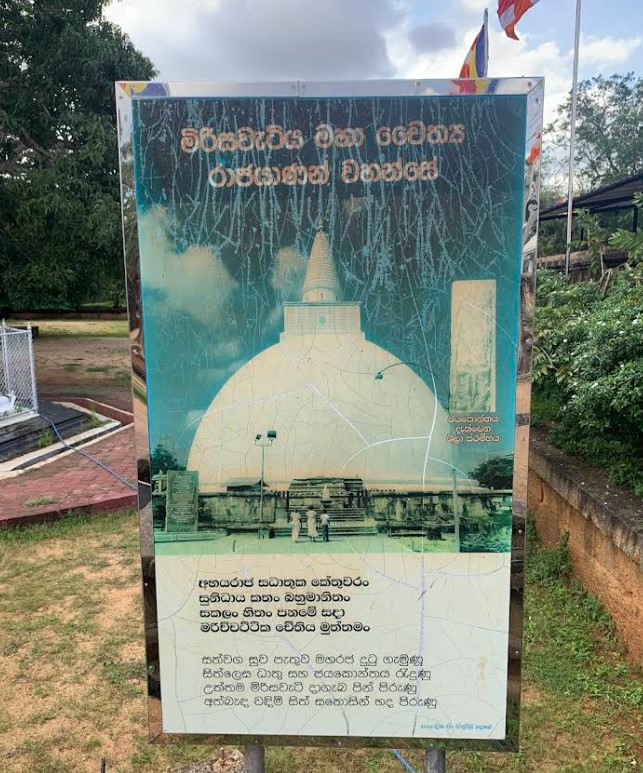
The stupa is placed in a large circular platform, with concentric terraces and a stone-paved courtyard. It would have been surmounted originally by a harmika (small platform at the top), chatra (parasol), and possibly a golden pinnacle, symbolizing the spiritual enlightenment of the Buddha.
The complex also included a vihara (monastic residence), an image house, and rest houses for pilgrims, all of which indicate the importance of Mirisawetiya as not only a religious complex but also a learning and community center.
Renovation and Restoration
Like most ancient monuments in Sri Lanka, Mirisawetiya saw periods of neglect and disrepair, especially during times of political instability and foreign invasions. The stupa collapsed partially and lay in ruins for centuries. Restoration work began in the 19th and 20th centuries, driven by Buddhist revival movements and national interest in cultural heritage.
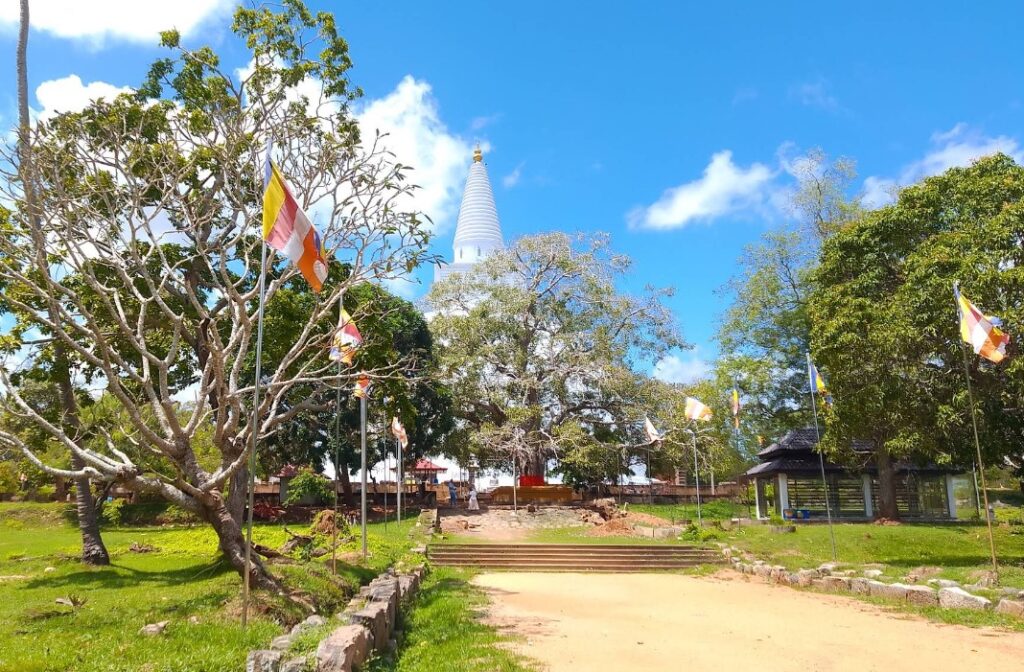
During the early 1900s, under the auspices of the Department of Archaeology, Mirisawetiya underwent a restoration series that tried to restore it to its former glory while stabilizing its structure. Restorers took care to maintain the traditional Anuradhapura-era stupa architecture during restoration, preserving its architectural integrity.
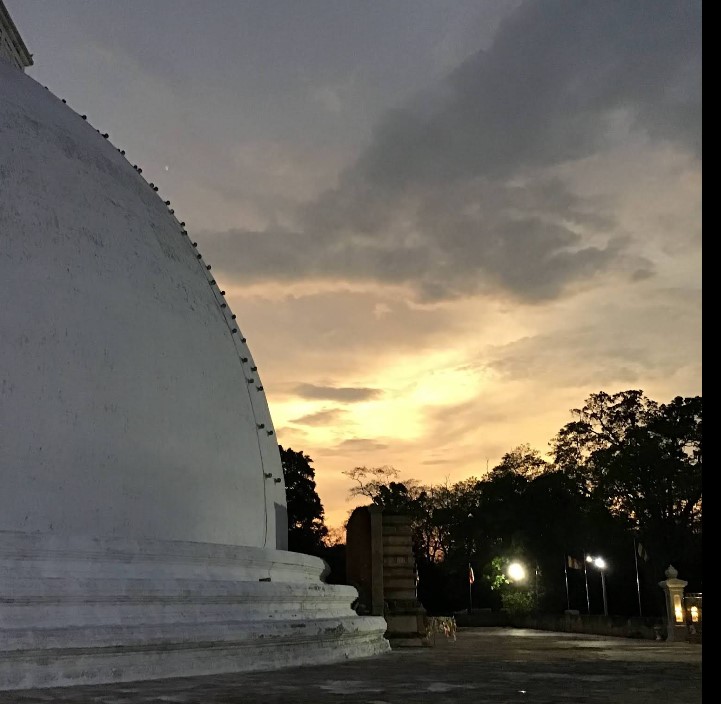
In recent years, government-sponsored projects and private donations have continued to safeguard the site, cementing its place as a national monument and religious shrine.
Religious and Cultural Significance
Mirisawetiya is not merely an archaeological site but a living religious monument. Pilgrims visit the stupa to observe traditional Buddhist practices such as:
Offering flowers and incense, Circumambulation of the stupa in meditation (pradakshina), Observing Poya day rituals, Lighting oil lamps and reciting pirith
Because of its association with King Dutugemunu, a national unifier and religious zealot, Mirisawetiya has also become a site of patriotic significance. Sri Lankan kings were not uncommonly viewed as not just kings but as Dharmarajas—righteous rulers who protected the teaching of the Buddha. By building Mirisawetiya, Dutugemunu established a legacy where rulership could not be separated from spiritual responsibility.
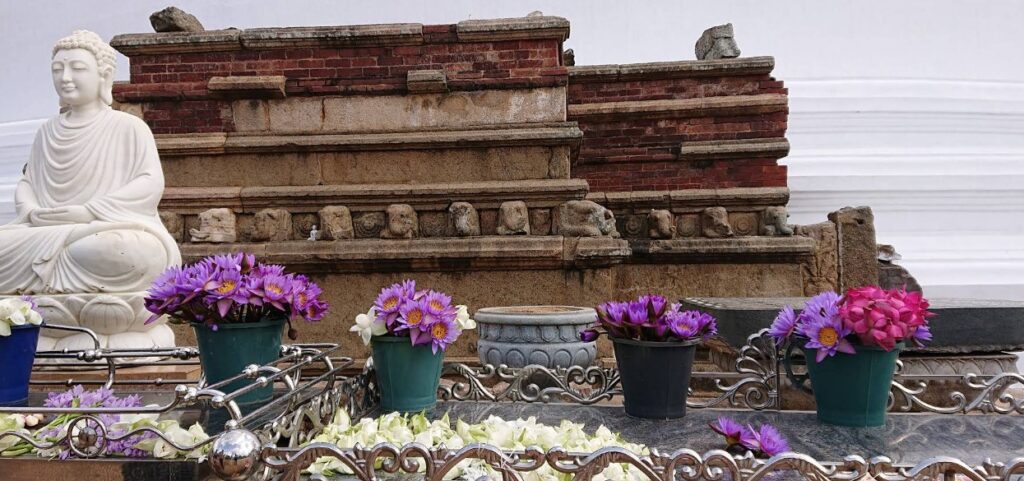
Location and Environment
Mirisawetiya is located in the midst of the Sacred City of Anuradhapura, which is a World Heritage Site and one of the oldest inhabited cities in the world. Some of the surrounding attractions include:
Due to the close proximity to other monumental sites, Mirisawetiya is a significant stop in any pilgrimage or historical tour of Anuradhapura.
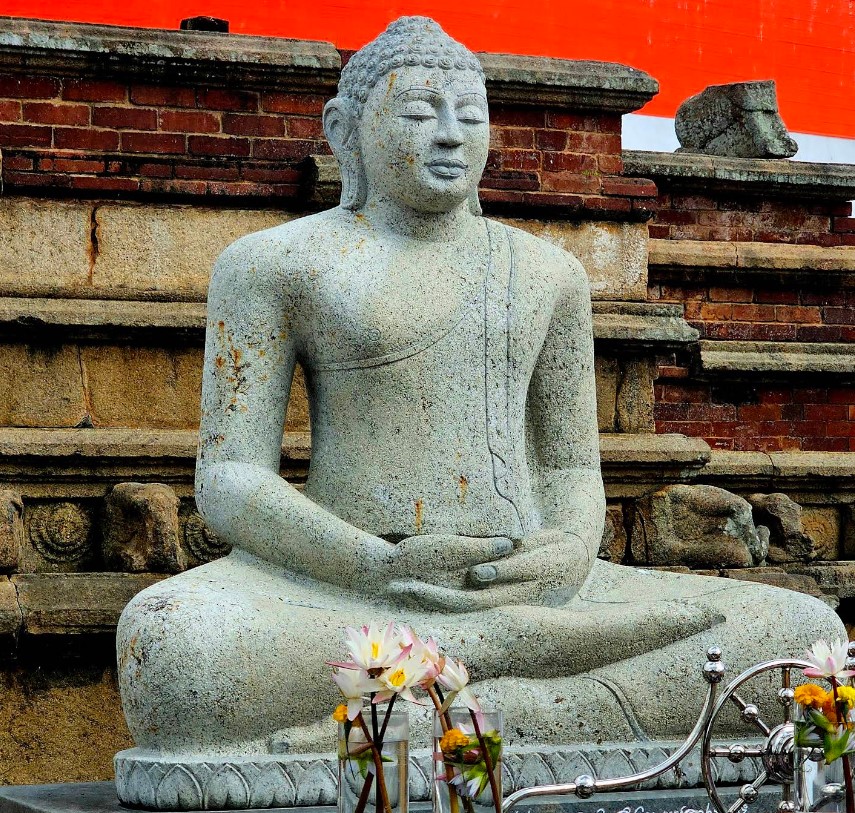
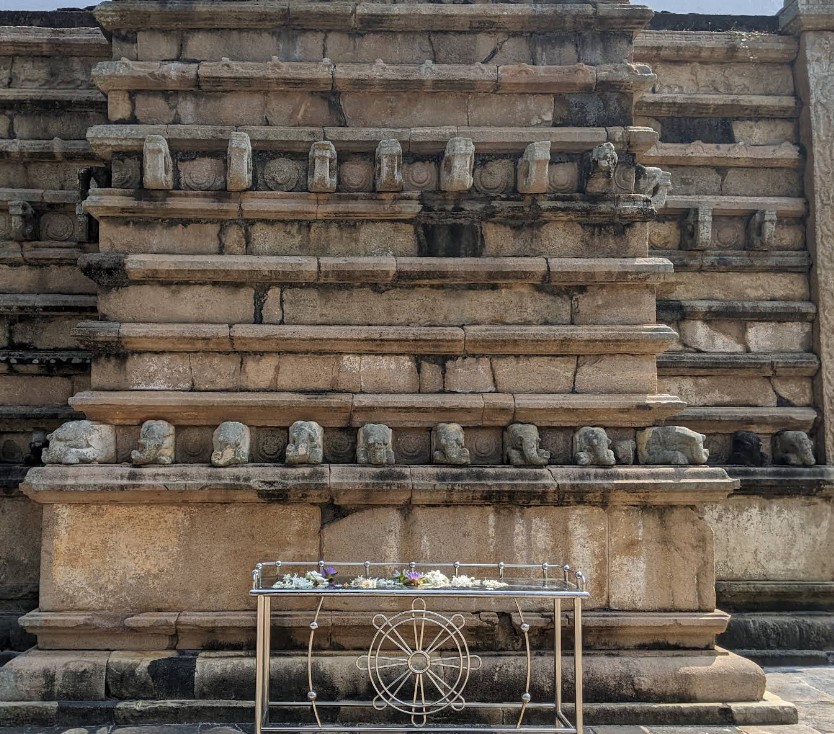
Tourism and Education
For visitors, Mirisawetiya offers an enriching experience of spiritual reflection, historical learning, and architectural wonder. Guided tours are possible through the Anuradhapura Archaeological Museum or with local guides. The majority of schools in Sri Lanka also organize school trips to the site, allowing young students to connect with their cultural heritage.
Photographers, historians, and architects are drawn to Mirisawetiya because of its minimalist beauty and ancient construction techniques, which have inspired generations of temple builders in South Asia.
Preservation Challenges
Although restoration efforts have achieved much in preserving Mirisawetiya, certain issues remain: Environmental degradation – Exposure to monsoon rains, humidity, and overgrowth of vegetation can deteriorate the brickwork. Tourism – Increased visitor numbers, if not managed properly, can damage old pavement and artifacts.

Urban encroachment – Modern developments near Anuradhapura sometimes threaten the tranquility and authenticity of sacred sites.
To thwart these problems, the Department of Archaeology and the Central Cultural Fund work together to enforce preservation laws, promote sustainable tourism, and educate the public on the need to conserve national heritage.
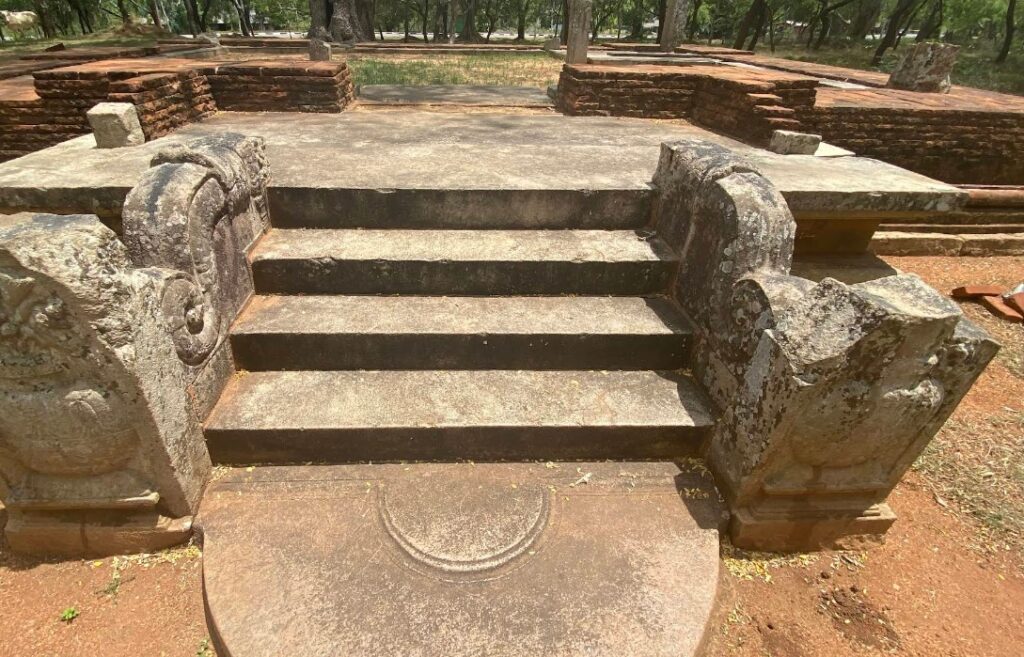
Symbol of Endurance
Mirisawetiya represents endurance not merely in the physical sense of its venerable bricks, but in the ongoing applicability of spiritual ideals to Sri Lankan existence. In an age of fast-paced transformation, such monuments call to mind the timeless ideals of compassion, mindfulness, and the pursuit of wisdom.
To this day, the stupa attracts both local pilgrims and foreign visitors, who find in its silent greatness a sanctuary for peace and reflection. As the sun sets behind its dome, casting long shadows across its worn stone base, Mirisawetiya stands tall as a beacon of faith and history.
Where is Mirisawetiya Viharaya?
- City: Anuradhapura, North Central Province, Sri Lanka
- Location: Near the Tissa Wewa reservoir, inside the Sacred City of Anuradhapura
- Nearby Sites: Ruwanwelisaya, Jaya Sri Maha Bodhi, Thuparamaya
How to Get There
From Colombo:
- By Car or Taxi:
- Route: Colombo → Negombo → Kurunegala → Dambulla → Anuradhapura (via A28 and A9)
- Distance: ~205 km
- Time: ~4.5–5.5 hours
- Tip: You can take the Colombo–Katunayake Expressway (E03) to speed up the journey.
- By Bus:
- Go to the Colombo Central Bus Stand (Pettah).
- Take an intercity bus to Anuradhapura (Route No: 4 or 15).
- Travel time: ~5–6 hours
- From Anuradhapura Bus Station, hire a tuk-tuk or taxi to Mirisawetiya (~10 minutes).
- By Train:
- Board a train from Colombo Fort Station to Anuradhapura Station (Northern Line).
- Travel time: ~4.5–6 hours depending on the train.
- From the station, take a tuk-tuk or walk (~3–4 km to Mirisawetiya).
From Kandy:
- By Car or Taxi:
- Route: Kandy → Matale → Dambulla → Anuradhapura
- Distance: ~140 km
- Time: ~3.5–4 hours
- By Bus:
- Take a bus to Dambulla or Anuradhapura from Kandy Goods Shed Bus Station.
- Transfer if needed in Dambulla.
- From Anuradhapura, take a tuk-tuk to Mirisawetiya.
Tips for Visitors
- Best Time to Visit: Early morning or late afternoon to avoid the heat.
- Dress Modestly: Wear white or light-colored, modest clothing (cover shoulders and knees).
- Footwear: Remove shoes and hats before entering the temple area.
- Bring Offerings: Flowers, incense, or oil lamps if you wish to make a traditional Buddhist offering.
